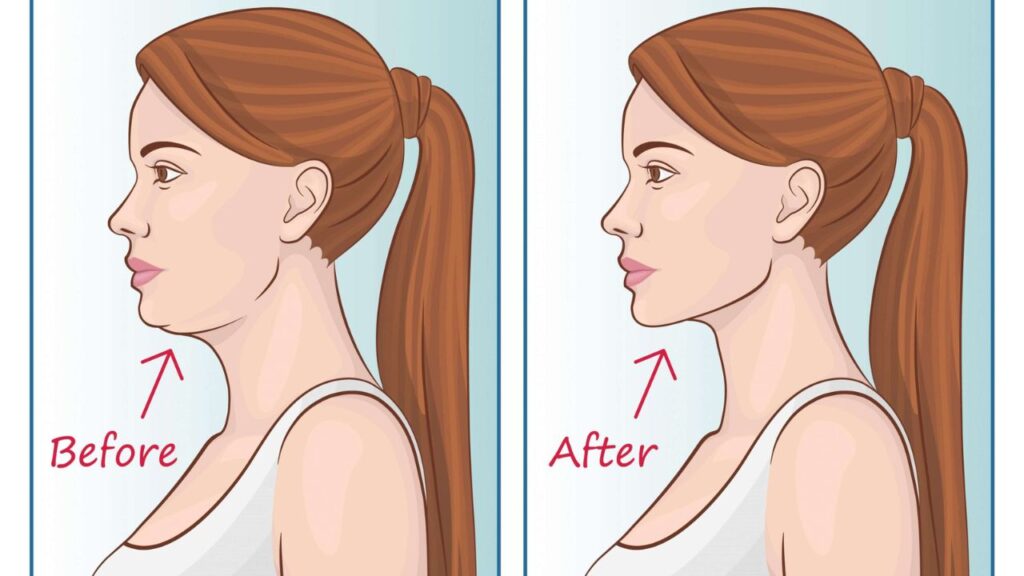Mewing, a term coined by Dr. John Mew, refers to a set of oral posture techniques that focus on proper tongue placement, correct swallowing, and optimal breathing. It aims to promote facial restructuring, improve oral health, and enhance overall facial aesthetics.
The practice of mewing has garnered significant attention due to its potential benefits in improving facial structure and overall health. With an increasing number of individuals seeking non-invasive methods to enhance their appearance and well-being, understanding mewing is more relevant than ever.
Types and Categories
Basic Mewing Techniques
- Proper Tongue Placement: The tongue should rest against the roof of the mouth without touching the teeth.
- Correct Swallowing: Swallowing should be done with the tongue pressing against the roof of the mouth.
- Nasal Breathing: Breathing should be done through the nose to promote better oxygenation and facial development.
Advanced Mewing Techniques
- Hard Mewing: Involves applying more pressure with the tongue against the roof of the mouth.
- Exercises and Training: Specific exercises aimed at strengthening the tongue and jaw muscles.
Symptoms and Signs
Positive Signs of Mewing
Mewing, when practiced correctly, can lead to various positive outcomes. These signs are often subtle and gradually noticeable over time. Here are the detailed positive signs associated with mewing:
Improved Facial Symmetry
One of the most sought-after benefits of mewing is improved facial symmetry. When the tongue is correctly positioned against the roof of the mouth, it can help to:
- Enhance Mid-Face Development: The proper tongue posture can promote the upward and forward growth of the maxilla (upper jaw), leading to a more balanced facial structure.
- Balanced Jawline: As the jaw aligns more symmetrically, the overall appearance of the face becomes more balanced and aesthetically pleasing.
- Harmonized Facial Features: Improved symmetry can lead to a more harmonious look, where the eyes, nose, and mouth align better with each other.
Better Jawline Definition
Another significant sign of successful mewing is a more defined jawline. This occurs due to:
- Increased Bone Density: Consistent tongue pressure can stimulate bone growth and density in the jaw area.
- Reduction of Double Chin: Proper tongue posture helps in reducing the appearance of a double chin by promoting a more forward and upward growth of the jaw.
- Sharper Contours: Enhanced muscle tone and bone structure lead to sharper, more pronounced jawline contours.
Improved Oral Health
Mewing also contributes to better oral health. This includes:

- Healthy Gums: By promoting proper oral posture and breathing, mewing can reduce the risk of gum diseases and cavities.
- Reduced Snoring and Sleep Apnea: Improved tongue posture can enhance airway patency, reducing issues like snoring and sleep apnea.
Potential Side Effects
While mewing is generally safe, improper technique or overexertion can lead to some temporary side effects. Understanding these can help in practicing mewing more effectively and safely.
Discomfort
Initial discomfort is common when starting mewing. This can manifest as:
- Tongue Soreness: Due to the new positioning, the tongue muscles might feel sore.
- Jaw Pain: The muscles and joints in the jaw might ache as they adjust to the new posture.
- Ear Discomfort: Some individuals report ear pain or discomfort due to changes in jaw and tongue positioning.
Adjustment Period
Adapting to the new oral posture can take time. During this period, you might experience:
- Difficulty in Maintaining Posture: Initially, it can be challenging to keep the tongue in the correct position throughout the day.
- Swallowing Difficulties: Learning to swallow correctly with the new tongue posture can take practice and may feel awkward at first.
- Breathing Adjustments: Shifting to nasal breathing can be difficult, especially for those used to mouth breathing.
Regular Self-Assessments
- Photo Comparisons: Take regular photos of your face to observe changes over time.
- Mirror Checks: Frequently check your tongue posture in the mirror to ensure it’s correctly placed.
Professional Guidance
Aligned Teeth: Correct tongue posture can help in aligning teeth naturally, reducing overcrowding and gaps.
- Orthodontic Visits: Regular check-ups with an orthodontist can help monitor dental alignment and overall oral health.
- Myofunctional Therapy: Consulting a myofunctional therapist can provide personalized exercises and adjustments to enhance mewing effectiveness.
FAQ
Ques. What is the correct tongue posture for mewing?
Ans. The correct tongue posture involves resting the tongue against the roof of the mouth, with the tip just behind the front teeth but not touching them.
Ques. How long does it take to see results from mewing?
Ans. Results from mewing can vary, but noticeable changes often occur within 6 months to 2 years with consistent practice.
Ques. Can children practice mewing?
Ans. Yes, children can practice mewing. Early adoption can help promote proper facial and dental development.
Ques. Are there any risks associated with mewing?
Ans. While generally safe, improper technique can cause discomfort or strain. It’s advisable to seek professional guidance if unsure.
Ques. Is professional assistance necessary for mewing?
Ans. While many can practice on their own, professional assistance from orthodontists or myofunctional therapists can enhance effectiveness and address any issues.
Conclusion
Mewing offers a non-invasive approach to improving facial structure, oral health, and overall well-being. With proper practice and consistency, individuals can achieve noticeable improvements.For those interested in enhancing their facial aesthetics and oral health, presents a viable and effective option. Consider integrating these practices into your daily routine for long-term benefits.

